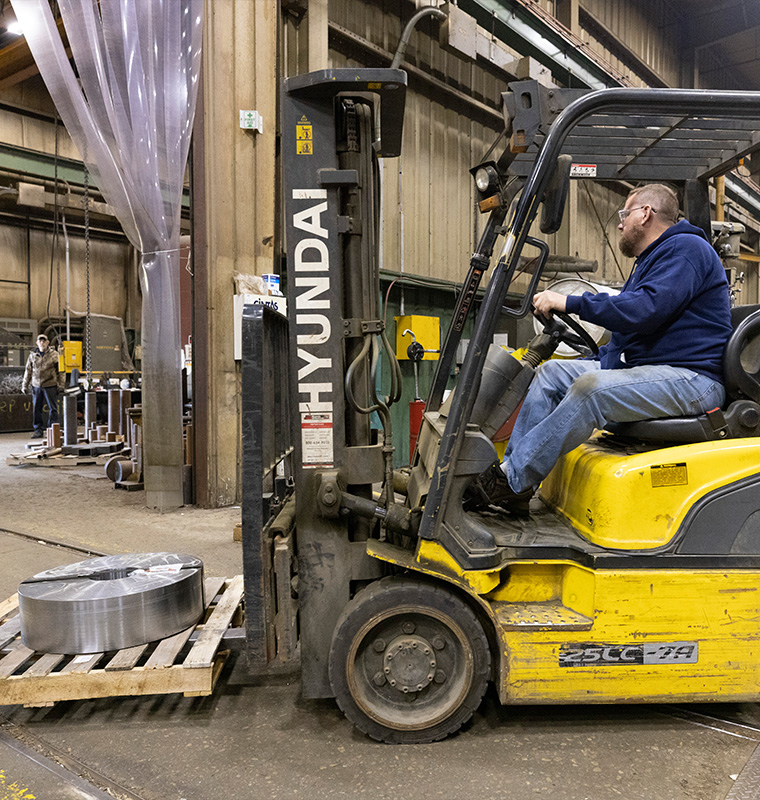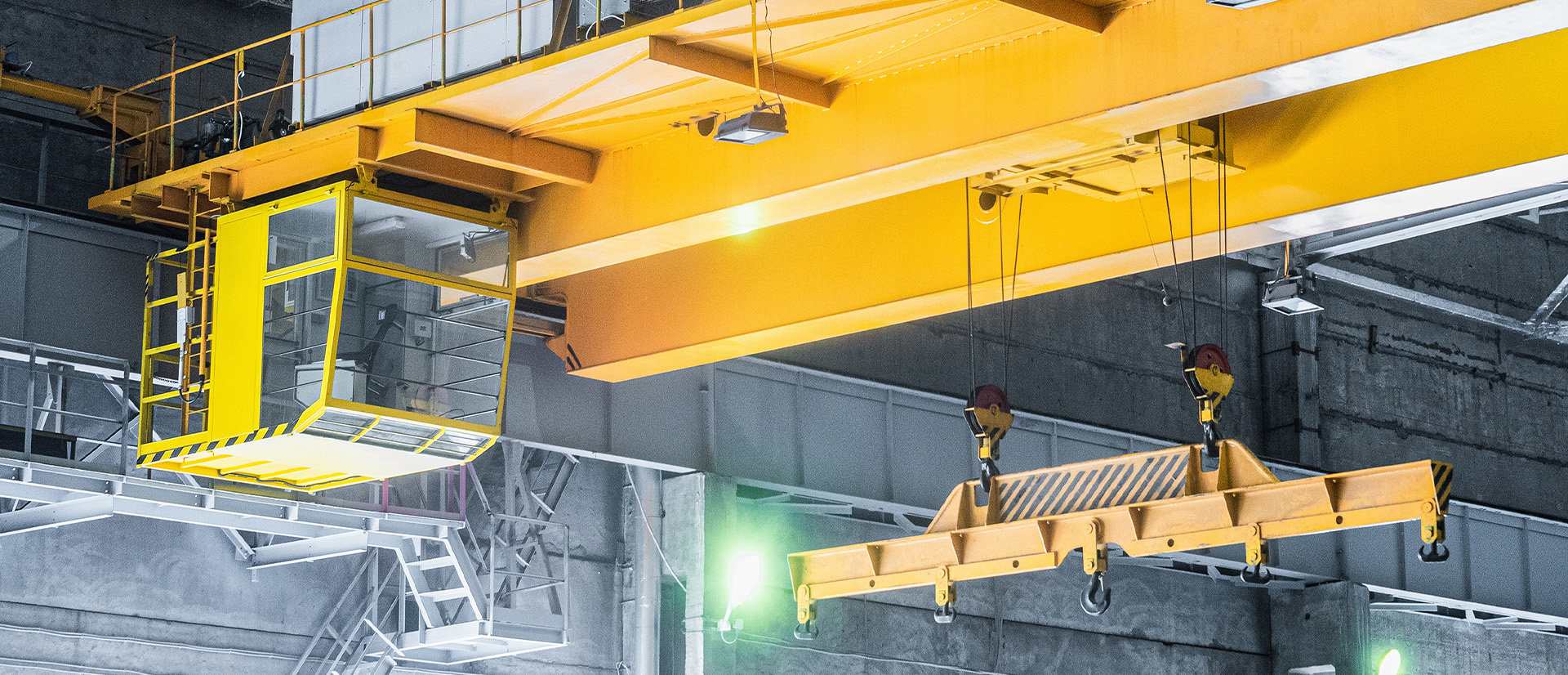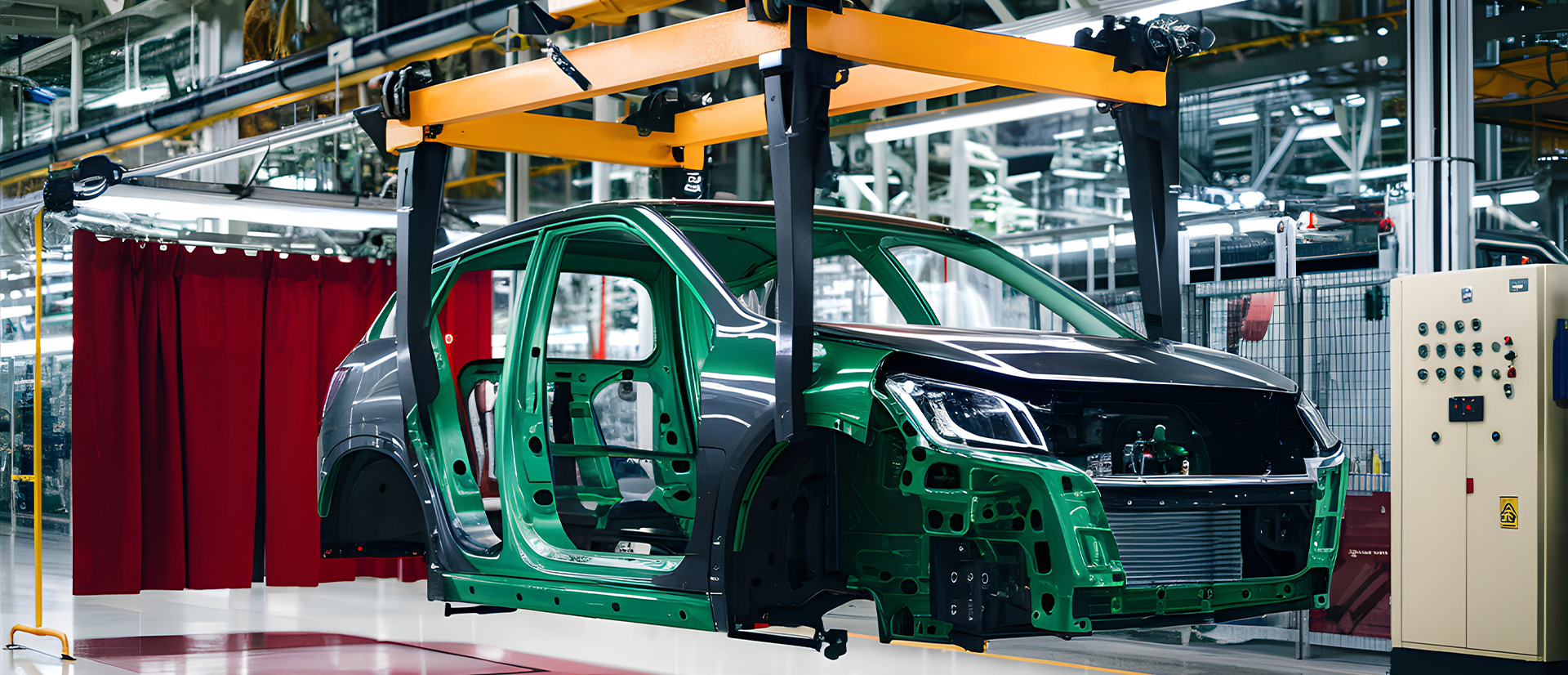Ensuring Safety and Efficiency: A Guide to Overhead Crane Operations and Maintenance
In the fast-paced environment of industrial operations, where overhead cranes play a pivotal role in lifting and moving heavy loads, being prepared for emergencies is paramount. Implementing preventive measures and adhering to regular maintenance schedules can significantly mitigate the risks associated with crane operations and enhance overall safety.
Responding to Overhead Crane Emergencies
When it comes to overhead crane operations, preparedness for emergencies is paramount. Despite rigorous maintenance and safety protocols, unforeseen incidents can still occur. It’s essential for crane operators and personnel to know how to assess emergency situations swiftly and respond effectively. This section outlines the steps to take when faced with various types of overhead crane emergencies.
Assessing the Situation
When faced with an overhead crane emergency, the first step is to accurately assess the situation. This initial assessment is crucial for determining the severity of the issue and formulating an appropriate response plan. Here are the key aspects to consider during the assessment.
- Prompt Assessment of Emergency Severity: Time is of the essence in emergencies. Quickly evaluating the situation allows for timely intervention and minimizes potential damages or injuries.
- Identification of Emergency Types: Overhead crane emergencies can vary widely, from structural failures and electrical malfunctions to load instability or operator-related incidents. Properly identifying the type of emergency is essential for implementing the correct response strategy.
- Ensuring Personnel Safety: Regardless of the nature of the emergency, the safety of all personnel is paramount. Instructing operators and nearby workers to move to a safe distance and establishing an exclusion zone around the affected crane helps prevent injuries and further damages. This allows for a thorough assessment of the situation and the implementation of necessary actions without compromising safety.
Handling Specific Situations
Different types of overhead crane emergencies require specific responses tailored to the circumstances. Here’s how to handle some common scenarios.
- Electrical Issues: In the event of an electrical malfunction, immediate action is necessary to eliminate the risk of electrical shock or further damage. This involves cutting off the power supply to the crane, inspecting the electrical system for visible signs of damage or loose connections, and seeking assistance from qualified electricians or crane service technicians if needed.
- Overload: Overloading a crane can compromise its stability and lead to accidents. If a load exceeds the crane’s capacity or starts to shift during operations, the operator should be alerted immediately to stop all crane movements. Assessing the load’s stability and unloading it in a controlled manner, if necessary, can help regain control and prevent accidents.
- Operator Incidents: Operator-related incidents can occur due to various factors, including human error or equipment malfunction. In such situations, stopping all crane movements and securing the area is crucial. Providing first aid or seeking medical assistance for any injured personnel and conducting a thorough investigation to determine the root cause of the incident are essential steps in preventing future occurrences.
Regular Crane Maintenance
Alongside preventive measures for emergencies, regular maintenance of overhead cranes is vital for ensuring their safe and efficient operation. Routine inspections, testing of overload prevention devices, and adherence to manufacturer-recommended maintenance schedules are essential components of a comprehensive maintenance program. By investing in proactive maintenance measures, organizations can minimize the risk of emergencies and prolong the lifespan of their crane systems.
Here’s why regular crane maintenance is crucial.
- Routine Inspections: Scheduled inspections allow technicians to assess the condition of crane components, including hoists, hooks, ropes, and structural elements. By identifying wear and tear, loose connections, or signs of deterioration, technicians can address issues proactively before they escalate into emergencies.
- Testing and Maintenance of Overload Prevention Devices: Overload prevention devices such as load limiters and load moment indicators play a critical role in preventing crane accidents. Regular testing and calibration of these devices ensure their accuracy and effectiveness in preventing overloading situations, which can lead to stability issues and structural failures.
- Adherence to Manufacturer-Recommended Maintenance Schedules: Following manufacturer-recommended maintenance schedules is essential for prolonging the lifespan of crane components and ensuring optimal performance. By conducting preventive maintenance tasks such as lubrication, cleaning, and calibration on a regular basis, organizations can minimize the risk of operational failures and unexpected downtime.
Investing in a comprehensive maintenance program not only enhances the safety and reliability of overhead cranes but also yields long-term cost savings by reducing the need for emergency repairs and replacements. By prioritizing regular maintenance, organizations can uphold the highest standards of safety and efficiency in their crane operations.
Responding to Overhead Crane Emergencies
Despite the best preventive measures and regular maintenance, emergencies can still occur in overhead crane operations. Knowing how to respond effectively to different types of emergencies is essential for minimizing damage, ensuring personnel safety, and restoring normal operations as quickly as possible.
Electrical Malfunctions
In the event of an electrical malfunction, immediate action is necessary to eliminate the risk of electrical shock or further damage. Here’s what to do.
- Cut Off Power Supply: Shutting off the power supply to the crane is the first step to prevent electrical hazards. This can be done at the main electrical panel or by activating emergency stop buttons, if available.
- Inspect the Electrical System: Once the power is cut off, inspect the electrical system for any visible signs of damage, such as frayed wires, burnt components, or loose connections. Ensure that all electrical components are properly grounded and insulated.
- Seek Assistance: If the issue cannot be resolved internally, contact a qualified electrician or crane service technician for assistance. Avoid attempting repairs unless you are trained and authorized to do so, as working with electrical systems can be hazardous.
Structural Failures
Structural failures pose a significant risk to personnel and property and require immediate action to prevent further collapse or accidents. Here’s what to do.
- Evacuate the Area: If a structural failure occurs, evacuate the area immediately to ensure the safety of all personnel. Establish a safe perimeter and prevent access to the affected area until it is deemed safe by qualified personnel.
- Contact Emergency Services: Notify emergency services, such as fire departments or rescue teams, and provide them with accurate information about the incident, including the location and nature of the emergency. Prompt action can help minimize the impact of the structural failure and prevent additional injuries or damage.
- Restrict Access: Restrict access to the affected area until it has been thoroughly inspected and deemed safe by qualified structural engineers or crane inspectors. Preventing unauthorized entry helps prevent accidents and ensures the safety of personnel during the response and recovery process.
Load Instability
Load instability during crane operations can lead to accidents and injuries if not addressed promptly. Here’s how to regain control.
- Alert the Operator: If a load becomes unstable or starts to shift during crane operations, alert the operator immediately to stop all crane movements. Clear communication is essential to ensure a coordinated response and prevent further instability.
- Assess Load Stability: Once crane movements are stopped, assess the stability of the load and determine if it can be safely secured or stabilized without endangering personnel. If the load is deemed unsafe, take steps to unload it in a controlled manner following established safety protocols.
- Safely Unload the Load: If necessary, carefully unload the load in a controlled manner using appropriate rigging and lifting techniques. Prioritize the safety of personnel throughout the unloading process and avoid actions that could exacerbate the instability of the load.
Operator-Related Incidents
Operator-related incidents can occur due to various factors, including human error or equipment malfunction. Here’s how to respond.
- Stop Crane Movements: If an operator-related incident occurs, immediately stop all crane movements and secure the area to prevent further accidents or injuries. Clear communication with the operator and nearby personnel is essential to coordinate the response effectively.
- Secure the Area: Once crane movements are stopped, secure the area to prevent unauthorized access and ensure the safety of personnel. Establishing clear boundaries and implementing control measures helps prevent additional incidents and facilitates the response and recovery process.
- Administer First Aid and Conduct Investigations: Provide first aid or seek medical assistance for any injured personnel involved in the incident. Once the immediate safety concerns have been addressed, conduct a thorough investigation to determine the root cause of the incident and implement corrective measures to prevent future occurrences.
By knowing how to respond effectively to different types of overhead crane emergencies, organizations can minimize the impact of incidents, protect personnel and property, and maintain safe and efficient operations. Training personnel in emergency response procedures and conducting regular drills can help ensure a swift and coordinated response when emergencies occur.
Ensure Crane Safety and Efficiency with Zenar
In the realm of industrial operations, the safety and efficiency of overhead cranes are paramount. As you’ve learned through this comprehensive guide, being prepared for emergencies and implementing regular maintenance practices are fundamental pillars of crane management.
At Zenar, we specialize in providing tailored solutions to meet your crane needs. Whether it’s preventive maintenance, emergency repairs, or safety training, our team of experts is dedicated to ensuring that your crane operations run smoothly and safely.
Don’t let crane maintenance and emergencies hinder your productivity. Trust Zenar to handle all your crane service needs, allowing you to focus on your core business activities. Contact us today to discover how we can elevate your crane operations to new heights.
In the fast-paced environment of industrial operations, where overhead cranes play a pivotal role in lifting and moving heavy loads, being prepared for emergencies is paramount. Implementing preventive measures and adhering to regular maintenance schedules can significantly mitigate the risks associated with crane operations and enhance overall safety.
Read
More
Articles

Overhead Cranes vs. Forklifts
When it comes to material handling, efficiency, safety, and cost-effectiveness are always top concerns in any industrial environment. Two of the most common equipment types used in these settings are overhead cranes and forklifts.

Sustainability in Crane Manufacturing
The construction industry is a cornerstone of global development but is also one of the largest consumers of energy and producers of greenhouse gas emissions.

Elevate Automotive Operations with Custom Overhead Cranes
Efficiency and precision are top priorities in the automotive industry. Overhead cranes play a crucial role in streamlining operations, from the assembly line to the repair shop. These powerful tools not only enhance productivity but also ensure safety, making them indispensable in modern automotive facilities.